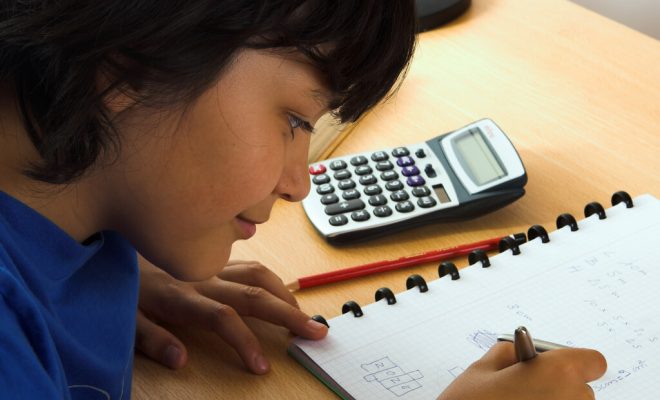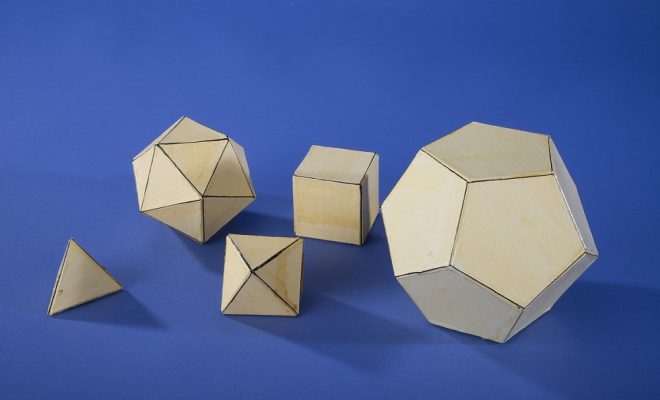Activities to Teach Students to Identify Equivalent Linear Expressions I

Equivalent linear expressions are an important topic that students must learn to understand and identify. These expressions are simply two or more algebraic equations that produce the same output or result. Introducing equivalent linear expressions to students will allow them to recognize patterns and come up with different algebraic equations that could produce the same outcome. This guide contains practical activities that can be used to teach students how to identify equivalent linear expressions.
1. Numerical Experimentation
One effective method for teaching equivalent linear expressions is by engaging students in numerical experimentation. The idea here is to provide students with mathematical challenges, guided questions and exercises that will prompt them to come up with different algebraic expressions that could yield the same result.
For instance, if you were to give students a pair of equations such as y = 2x + 4, and y = 10 – 6x, the goal would be to help them observe that these two expressions are equivalent. You can prompt your students with leading questions like “What do you notice about these two expressions?” “What are the similarities and differences?” “Are there any other equations that could produce the same output as the ones given?”
The key is to encourage students to have an open mind and think critically about the task before them. Once they understand the concept of equivalent expressions, they can begin to see other potential solutions that they may not have initially considered.
2. Using Algebra Tiles
Algebra tiles are great manipulatives for teaching mathematics, and they can also be used to teach equivalent linear expressions. Algebra tiles consist of rectangular and square shapes that represent a unit and x respectively. Students can use these manipulatives to model different equations and recognize patterns of equivalence. The squares represent x^2, the rectangles represent x, and the unit tiles represent 1.
For instance, if you want to teach the concept of equivalent expressions such as 2x + 3 and 3x – 1, you can model each expression using algebra tiles. If students can see and visually compare how the same types of tiles are used to make up each equation, they are more likely to see that these expressions are equivalent.
3. Interactive Whiteboard Activities
Interactive whiteboards are great teaching tools because they can display information and media in an engaging way. You can create interactive whiteboard activities that teach students how to identify equivalent linear expressions. You can create a drag and drop exercise in which students match equivalent expressions or display different examples of equivalent expressions and have students identify the similarities between them.
Whiteboards and projectors are great tools that can be used to display multiple expressions side-by-side for easy comparison. You can show equations such as 2x+4 and 6x-10 in tandem and ask students to identify similarities and differences between them. This will encourage students to think creatively about how algebraic equations can be transformed into various forms and still yield the same result.
In conclusion, teaching the concept of equivalent linear expressions is an important mathematical skill that students must learn. Incorporating activities such as numerical experimentation, algebra tiles, and interactive whiteboard activities into your lesson plans will keep students motivated and help to reinforce the concept. By using these activities, your students will be able to identify the relationship between different algebraic expressions that can yield the same result, ultimately building their confidence and ensuring that they are better equipped to tackle more advanced mathematical concepts in the future.






